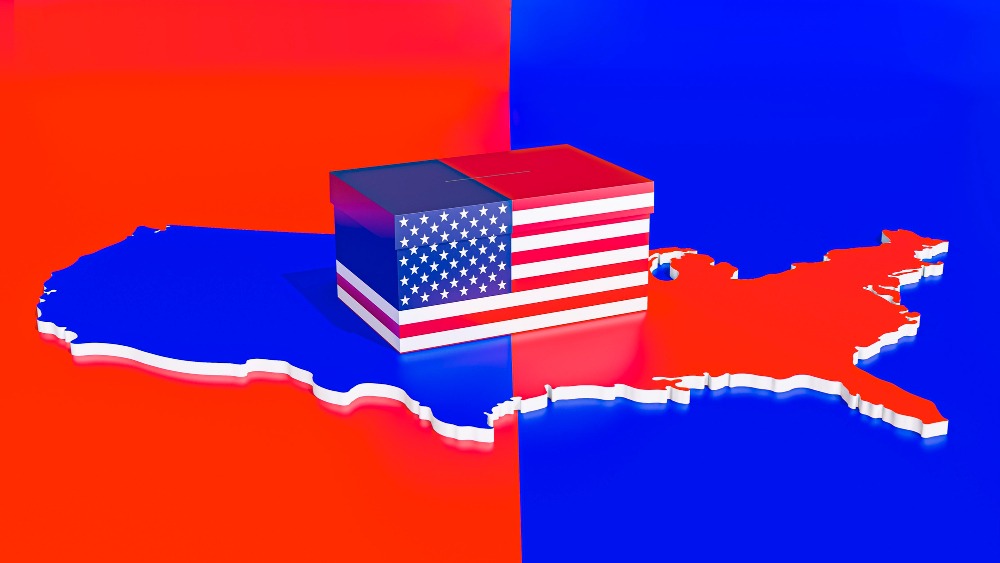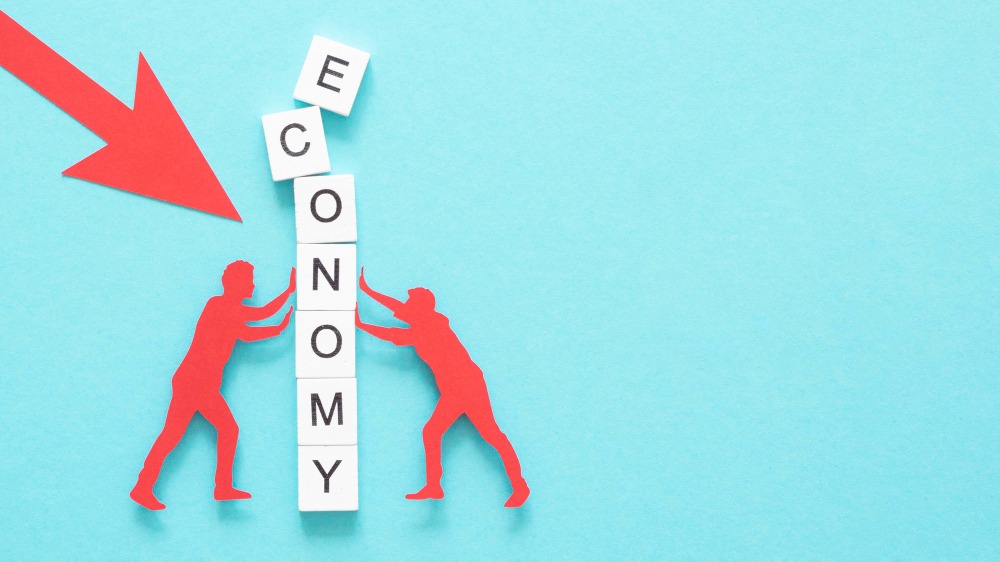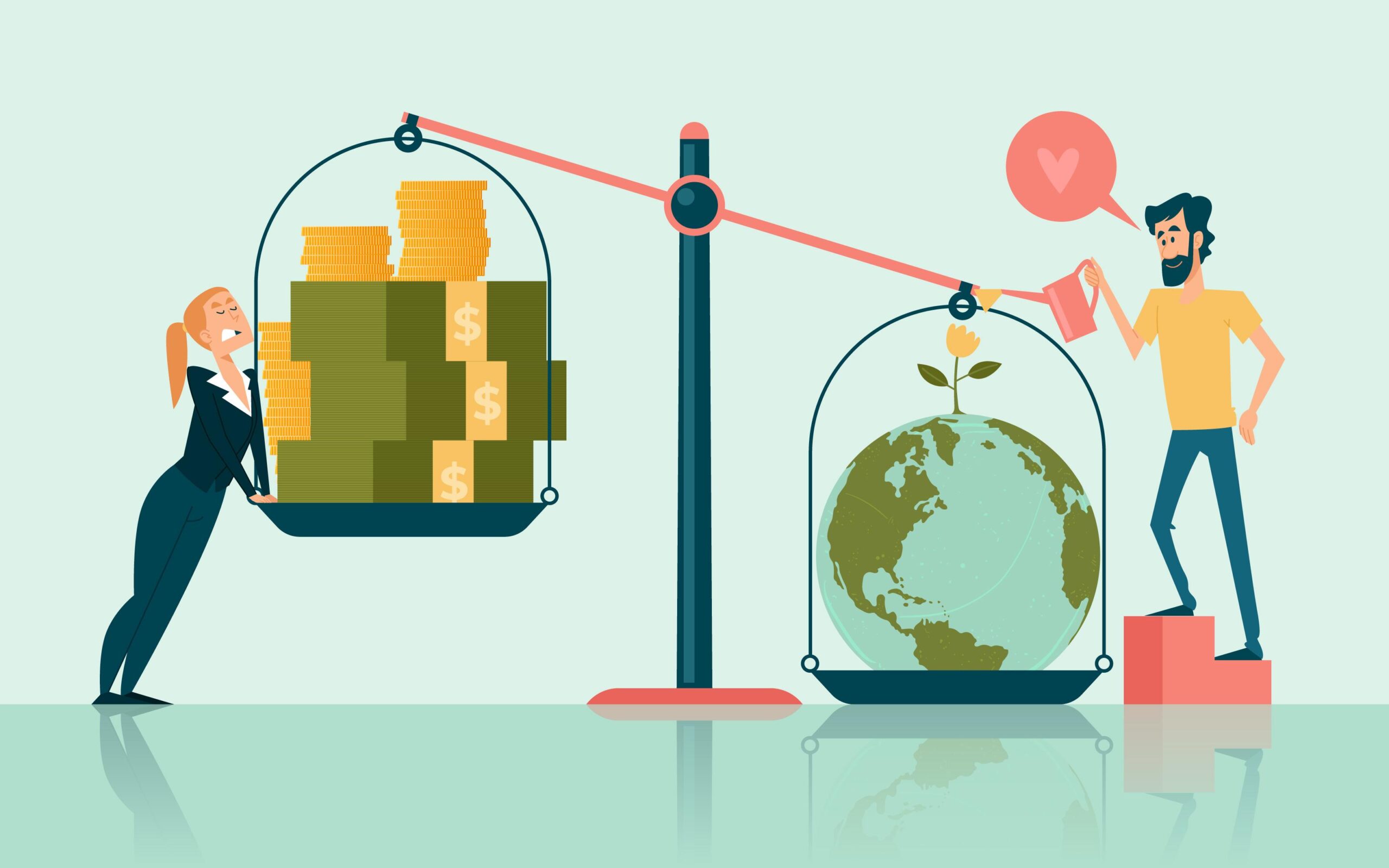
Why 2025 Feels Like 1860 Again: America’s Deepening Divide
The year is 2025, and a familiar chill hangs in the American air. It’s a chill not of winter, but of division – a deep, pervasive political polarization that often feels unprecedented, even intractable. Daily headlines scream of legislative stalemates, culture war skirmishes, and a seemingly unbridgeable chasm between ideological camps. Public discourse, once a messy but functional marketplace of ideas, has devolved into echo chambers, where shared facts are scarce and mutual understanding, rarer still.
But is this truly unprecedented? Are we witnessing the irreversible decline of American unity, or merely another intense chapter in a long history of national schisms? To truly grasp the gravity of our current moment, we must first look backward, recognizing the echoes of past divisions to understand the unique challenges – and potential perils – of today’s political landscape.
Historical Echoes: A Nation Forged in Conflict, Tested by Division
America, it is often said, is a nation born of revolution and forged in conflict. From the very outset, ideological divides were baked into its DNA, pitting Federalists against Anti-Federalists, agrarian ideals against industrial ambitions. Yet, few periods in American history offer a more stark and sobering parallel to our current disunion than the Civil War Reconstruction era (1865-1877).
After the cessation of hostilities, the nation grappled with profound questions of identity, rights, and governance. The North and South, though ostensibly reunited, were deeply fractured along racial, economic, and political lines. Radical Republicans clashed with President Andrew Johnson, leading to impeachment proceedings and near-constant legislative deadlock over the future of the former Confederacy. Southern states, resentful and defiant, resisted federal authority, employing violence and legal maneuvers to disenfranchise Black citizens and maintain white supremacy. Sound familiar? The intensity of the “culture wars” of that era, centered on race, federal power, and the very definition of citizenship, resonates deeply with our contemporary struggles over identity, rights, and the role of government.
Another potent parallel can be found in the Gilded Age (1870s-1900s), a period of immense economic transformation and stark social inequality. While not as overtly violent as Reconstruction, it was marked by intense partisan battles over tariffs, currency, and the role of corporations. Newspapers, then as now, were highly partisan, fanning the flames of ideological conflict and often distorting facts to suit their preferred narratives. The political landscape was characterized by powerful party machines, low voter turnout driven by apathy and disillusionment, and a general sense of government paralysis in the face of rapid change. This era’s gridlock, often driven by competing economic interests and entrenched political power, offers a cautionary tale about how institutional inertia can stifle progress.
Even more recently, the Civil Rights Movement and Vietnam War eras of the 1960s and 70s witnessed profound societal cleavages. Mass protests, violent confrontations, assassinations, and deep ideological rifts over race, war, and social norms rocked the nation. The Watergate scandal further eroded public trust in institutions, leaving a legacy of cynicism. While those divisions were sharp, they often coalesced around specific issues or movements. What feels different today is the sheer breadth and depth of the ideological divide, permeating almost every aspect of public and even private life.
The Mechanics of Gridlock: How Political Paralysis Threatens Democracy
Today’s polarization isn’t merely an unfortunate byproduct of disagreement; it’s a systemic affliction that cripples governance. The most visible symptom is legislative gridlock. Crucial issues, from budget appropriations and infrastructure investment to immigration reform and climate action, routinely stall in Congress. This isn’t due to a lack of pressing problems, but rather a combination of structural impediments and deep-seated partisan animosity.
Consider the filibuster in the Senate, a procedural tool that effectively requires 60 votes to advance most legislation. Originally intended to foster deliberation, it has become a weapon of minority obstruction, allowing a determined bloc of senators to halt virtually any bill. This leads to a legislative bottleneck, where even popular policies struggle to gain traction.
Then there’s gerrymandering, the partisan manipulation of electoral district boundaries. While often done by both parties, it creates “safe” districts where incumbents face little threat from the opposing party in general elections. Their primary concern becomes fending off challenges from within their own party during primaries, pushing candidates to more extreme ideological positions to appease their base. This leads to a decline in compromise and a rewarded intransigence, as moderation is often perceived as a weakness by the most engaged primary voters.
Finally, intense party discipline has replaced the era of cross-party coalition building. Voting along party lines has become the norm, fueled by fear of primary challenges, fundraising implications, and the omnipresent glare of social media. This rigid adherence to party dictates stifles independent thought and punishes any attempt at bipartisan cooperation.
The impact of this gridlock is profound:
- Stagnant Legislation: Pressing national issues remain unaddressed, eroding public confidence in the government’s ability to solve problems.
- Erosion of Trust: Constant partisan bickering and lack of progress breed cynicism and disillusionment among citizens, further alienating them from the political process.
- Weakened Global Standing: A perpetually divided and dysfunctional government projects an image of weakness and unreliability on the international stage, potentially undermining America’s diplomatic influence and global leadership. When the U.S. can’t even pass its own budget, how can it effectively project stability abroad?
Data-Driven Insights: The Unflinching Numbers
The empirical evidence of this polarization is stark. Polling data consistently reveals deep partisan divides on virtually every major issue. A Pew Research Center study from late 2024 showed that the ideological gap between the average Republican and Democrat is wider than at any point in the last 50 years. For instance, on issues like climate change, gun control, or the role of government in healthcare, the overlap in views between the two parties has shrunk dramatically.
Trust in institutions, a bedrock of democratic stability, has also plummeted. A 2024 Gallup poll revealed that public trust in Congress hovers near historic lows, often in the single digits, reflecting widespread frustration with its inability to deliver. Similarly, trust in the presidency, the Supreme Court, and even the media has seen a steady decline, often correlating directly with partisan alignment.
Think tank insights further illuminate the problem. The Brookings Institution has published numerous analyses on the rise of “negative partisanship,” where voters are less motivated by allegiance to their own party than by animosity towards the opposing one. This creates a highly reactive and often destructive political environment, where compromise is seen as a betrayal rather than a virtue.
Election forecasts, while inherently uncertain, often highlight the challenge of bridging these divides. The 2024 election cycle, like its predecessors, was characterized by an intensely polarized electorate, with very few “swing voters” left to persuade. Instead, campaigns focused on mobilizing their respective bases, further entrenching existing divisions rather than fostering broader consensus.
Hot Take: Is a Third Party America’s Only Hope, or a Dangerous Fantasy?
In the face of seemingly insurmountable gridlock, a recurring question emerges: Is a viable third party the only way out of this partisan trap? The allure is undeniable – a fresh perspective, a middle ground, a break from the entrenched two-party system.
However, history offers a sobering counterpoint. The American political system, with its winner-take-all elections and entrenched party infrastructure, is notoriously hostile to third parties. They often struggle with fundraising, media coverage, and ballot access. While some, like Theodore Roosevelt’s Bull Moose Party in 1912, have had momentary impact, they rarely sustain long-term viability, often acting as “spoilers” rather than genuine alternatives. A third party might siphon votes from one of the major parties, inadvertently helping the very extreme it seeks to oppose. While the dream of a unifying centrist alternative is appealing, the structural realities of American politics suggest it may remain a dangerous fantasy, at least for now.
Looking Ahead: Can the Center Hold?
The current state of political polarization and governance gridlock presents a formidable challenge to the American experiment. While history provides context and warns of past perils, the unique confluence of digital echo chambers, identity politics, and structural impediments makes today’s situation particularly acute.
The path forward is far from clear. It will require not just institutional reform (though reforms like ranked-choice voting or campaign finance changes could help), but a profound shift in political culture. It demands leaders willing to prioritize national interest over partisan gain, and citizens willing to engage with ideas beyond their own echo chambers. The question is not if America can survive its divisions – it always has – but whether it can thrive, innovate, and lead in a complex world while perpetually at war with itself.
Interactive Element:
Poll: “Which historical period does today’s political climate most resemble?”
- Civil War Reconstruction (1865-1877)
- Gilded Age (1870s-1900s)
- Civil Rights/Vietnam Era (1960s-1970s)
- Something entirely new
Guest Expert Quote:
“The level of affective polarization – the dislike and distrust of the opposing party – has reached alarming levels. It’s no longer just about policy disagreement; it’s about seeing the other side as an existential threat. This makes compromise not just difficult, but often politically suicidal for elected officials.” – Dr. Sarah Miller, Professor of Political Science, University of California.


